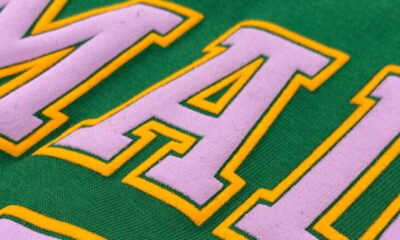Trends
Growth in Wearable Technologies
Futuristic wearable tech is available now – and there’s a place for screen printers in the expansive market.
Published
4 years agoon
ACCORDING TO THE IDTechEx report “Wearables Technology Forecast 2019-2029,” the total market for wearable technology products has doubled from $25 billion per year in 2014 to $50 billion annually in 2019. While some revenues come from long-established devices such as hearing aids and insulin pumps, other growth stems from newer applications including smartwatches, VR and AR gaming and training accessories, and remote monitoring devices for healthcare.
As IDTechEx analyst James Hayward observes, over the past five years “Wearable technology has experienced a turbulent journey, with a meteoric rise in hype, accompanied by billions of dollars of funding, tens of thousands of new patents filed, hundreds of new companies, and thousands of new products.”
While some start-up companies have disappeared and others have changed strategy, progress continues to be made in developing and testing products, building strategic alliances, and getting new products to market.
Screen Printers as Problem Solvers
Screen-printing companies that have expertise in printed electronics and membrane switches have benefitted from the explosion of interest in developing new wearable technologies.
Businesses such as ECI Screen Print, Butler Technologies, and Creative Materials offer technical consulting services to entrepreneurs who want to make working prototypes of wearables that can be tested for durability and demonstrated to regulatory agencies, potential investors, and early adopters.
If a new product garners enough interest and funding, the screen-printing firm that created the prototypes is well positioned to be a contract manufacturer of the electronic components that will be integrated into wearables sold to consumers, healthcare facilities, and enterprises.
AdvertisementAccording to Ed Cook of ECI Screen Print, many designers, doctors, and entrepreneurs who have great ideas for new wearable technologies often don’t know much about manufacturing processes.
So, ECI Screen Print helps device inventors understand why the screen-printing process is ideal for sensor and electronic products. For one thing, the ink deposition thickness that can be achieved is far superior to any other printing method or deposition process. Screen-printing inks and binders are more durable, and specialized coatings can be developed depending on the requirements of the product.
The project teams at ECI Screen Print work with product engineers, doctors, and designers to find the proper ink/gel ratios and formulate conductive pastes and inks that will achieve the performance and reliability requirements of the proposed device.
On their website, Butler Technologies outlines a 12-step process for taking an inventor’s idea from initial concept to prototype production, customer validation, and large-scale manufacturing. The process includes signing a non-disclosure agreement to protect the client’s ideas until the product is ready to go to market.
Signs of Progress
The IDTechEx Wearables Technology Forecast discusses 48 different wearable technologies in five key sectors:
- Gear for augmented reality, virtual reality, and mixed reality
- Skin patches for mobile cardiac telemetry and other data
- E-textiles, including smart clothing for biometric monitoring
- Hearing aids and headphones
- Other products such as smartwatches and activity trackers
Twenty of the 48 wearable technologies in the IDTechEx report are medical devices and account for about one-third of wearable device revenue in 2019.
Here are some examples of how wearables are used in each of these five categories.
AdvertisementMedical Devices and Skin Patches
The newest wearables for healthcare encourage healthier living, support early diagnosis of treatable medical conditions, or collect data for clinical trials. Some wearables have received FDA approval and are more reliable than the first-generation health-monitoring features in smartwatches and fitness trackers.
Sensors on medical wearable devices can detect and report falls, monitor glucose levels for diabetics, or track changes in heart rate, blood pressure, or respiration rate, or exposure to harmful chemicals. The sensors can be bonded to wrist bands or garments or attached directly to the skin with Band-Aid-like adhesives.
Some types of medical wearable devices can help people avoid unnecessary doctor visits. When medical attention is required, the doctor can review a rich source of recent data about the patient’s condition.
A survey conducted by VivaLnk, a company specializing in connected healthcare devices, found that 64 percent of respondents over age 40 would wear a remote health-monitoring device if it could help them reduce the number of times they had to physically visit a doctor’s office or hospital.
Some healthcare wearables and patches can help relieve stress, pain, or anxiety. 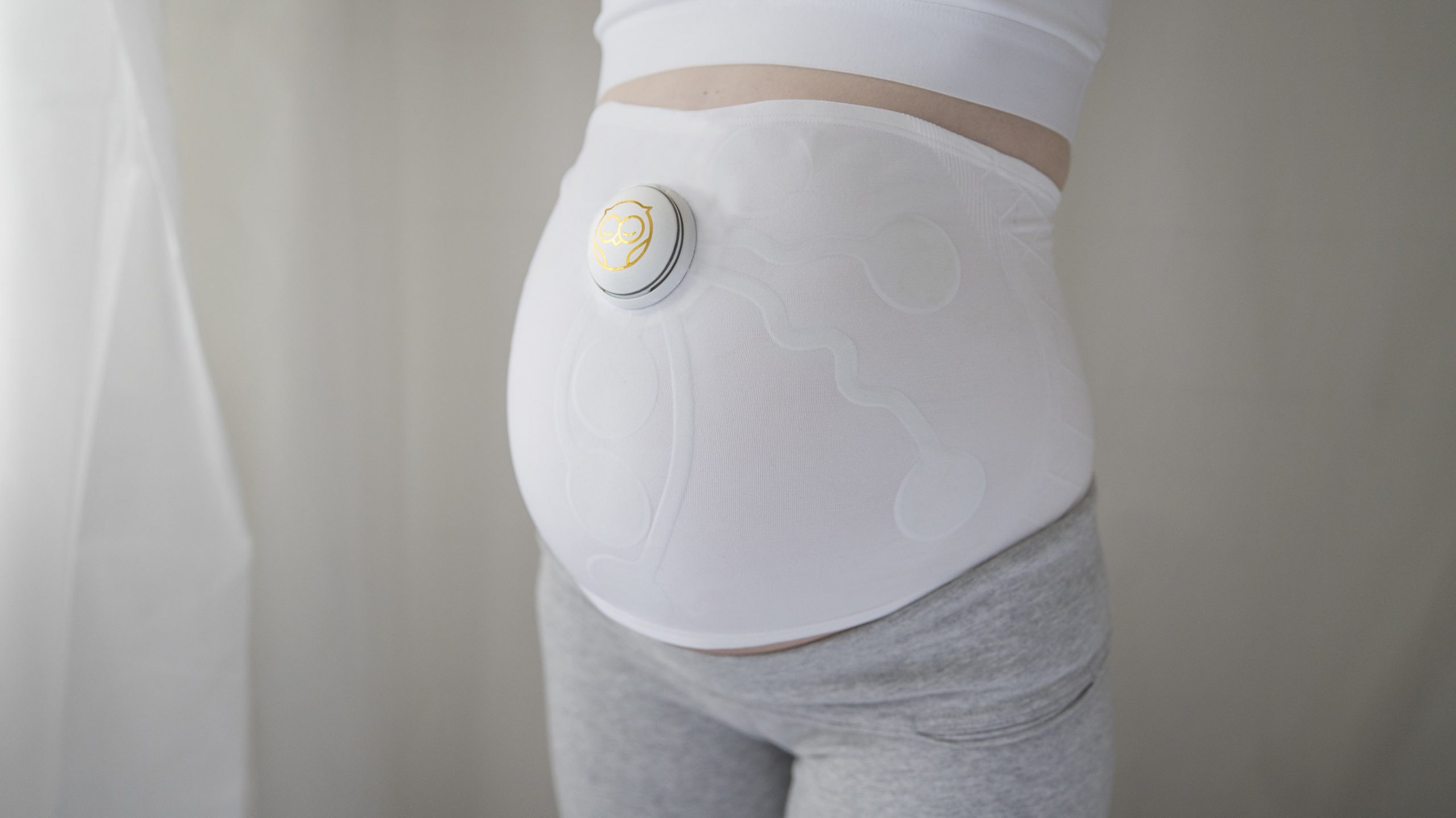
The Owlet Band lets expectant mothers monitor the wellness of their developing infants during the second and third trimesters of pregnancy. Specialized sensors in the fabric band track fetal heart rate and kick counts and send the real-time data to a smartphone. Owlet also sells a Smart Sock that uses pulse oximetry technology to track a baby’s oxygen levels and heart rates during sleep.
AdvertisementSkin patches have been developed for health monitoring, drug and cosmetic delivery, and pain relief. Some can deliver pulse massages to neck, shoulder, leg, or back muscles.
The Enfasmart Feversense Continuous Monitoring Digital Thermometer is a soft adhesive patch that sends temperature readings wirelessly to an app on the caregiver’s smartphone. Marketed by Enfamil, the product can be purchased from Walmart.com.
At the 2019 CES show, L’Oreal showcased a prototype skin patch that can measure the pH level of the wearer’s skin. The data empowers consumers to find products that are right for their skin-care needs. When the pH level of the skin falls outside of the healthy range of 4.5 and 5.5, it can trigger inflammatory responses that can cause or exacerbate skin conditions such as dryness, eczema, and atopic dermatitis.
Expect to see a new wave of wearable medical devices at CES 2020 in Las Vegas in January.
AR/VR Devices
One of the fastest-growing markets for augmented reality and virtual reality devices is enterprise training. Pilots have been training on simulators for generations, but now workers in high-risk fields (e.g. oil and gas, utilities, heavy industry, and surgery) can learn and practice new skills in the virtual world instead of on the job. New wearables are being designed to improve the effectiveness of VR training.
BeBop Sensors recently introduced an affordable, comfortable, one-size-fits-all high-performance wireless glove with powerful haptics that virtually feel textures and surfaces in the immersive environment. In addition to VR training, the glove can be used to control robots and drones, or help 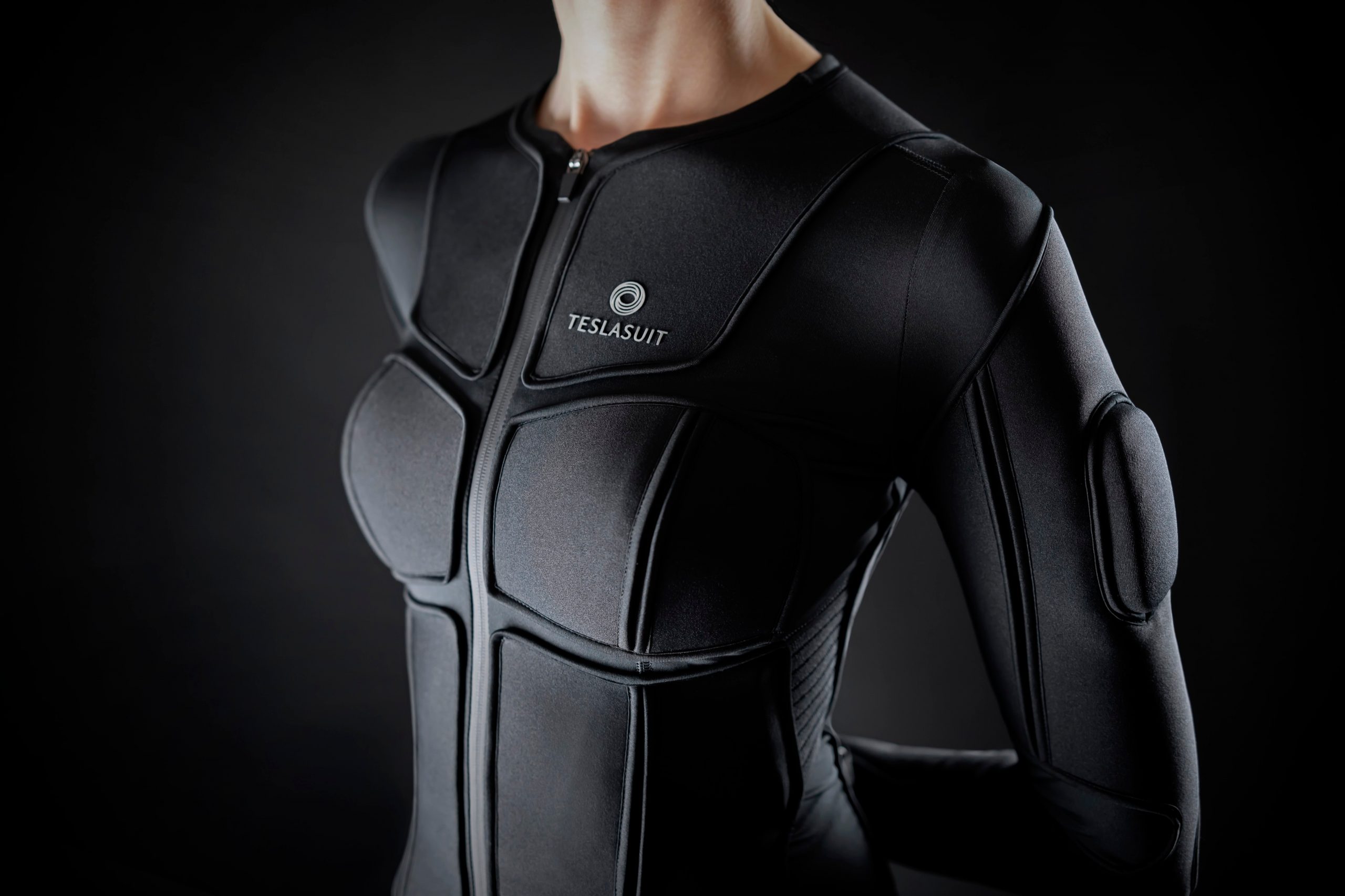 architects use VR to review and present 3D models and 360 images of their creations.
architects use VR to review and present 3D models and 360 images of their creations.
The full-body Teslasuit uses a combination of haptics, motion capture, and biometry to provide a two-way interface between humans immersed in virtual reality. Teslasuit wearers can feel the heat or cold of the virtual environment, and sense the motion and touches of virtual characters.
Hearables
In addition to technologically advanced hearing aids and headphones, hearables include in-ear and on-ear wearables that can improve short-range and long-range communications in noisy industrial areas and collect biometric data about physical activity, body temperature, and blood pressure.
Waverly Labs has developed hearables that translate one language to another during face-to-face conversations or group presentations. As the speaker talks in his or her preferred language into a 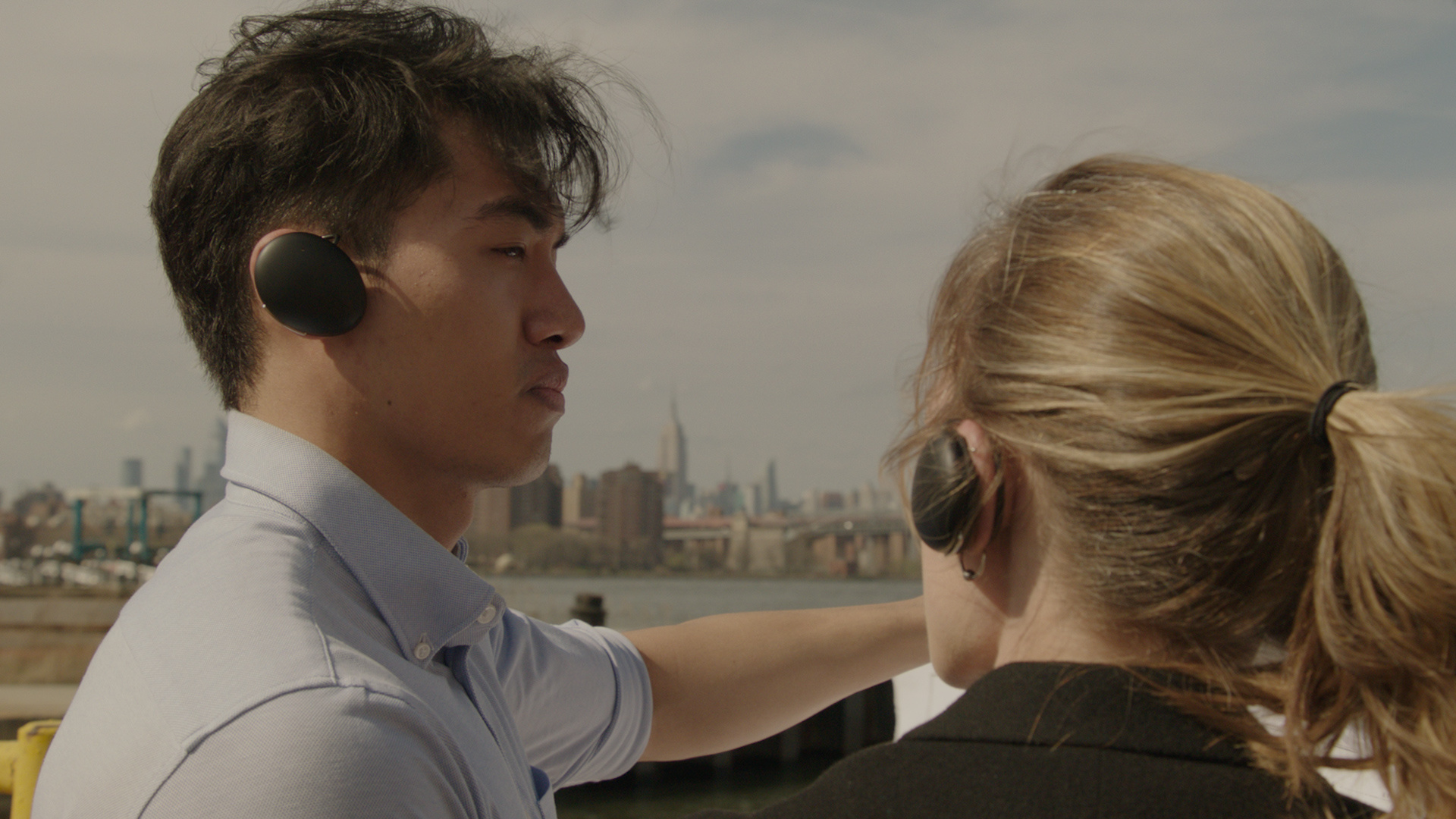 smartphone app, the speech is uploaded to a cloud-based translation engine and streamed in the recipient’s chosen language via an over-the-ear audio device, and then the translated text appears on the recipient’s smartphone.
smartphone app, the speech is uploaded to a cloud-based translation engine and streamed in the recipient’s chosen language via an over-the-ear audio device, and then the translated text appears on the recipient’s smartphone.
Waverly’s Pilot translator for one-to-one communications generated more than $5 million in pre-orders and has shipped more than 40,000 units. The company’s new Ambassador hearable provides personal, group, or conference room translations of 20 languages and 42 dialects. For group translations, multiple Ambassador over-the-ear devices can listen to the information presented into a smartphone.
E-Textiles
E-textiles and smart fabrics use conductive fibers or conductive inks to add electrical conductivity, sensing capabilities, and data capabilities to the textile structure. Smart fabrics can also include flexible electronic circuits that are printed on thin, stretchable films. The films are then heat transferred to textiles using traditional garment-decorating equipment.
One company pioneering e-textiles is Asiatic Fiber Corporation in Taiwan. Their iQmax high-functional fibers are designed to make wearable products in five categories: heat, luminous, cooling, antibacterial, and thermo regulated.
For example, manufacturers can use iQmax fibers to make heated vests and insoles, lighted jackets and accessories, cooling scarves, or antibacterial socks and underwear.
To see some of the garments that have already been developed with smart textiles, visit thewarmingstore.com. Here, you can purchase heated outerwear, base layers, socks, hunting clothing, workwear, flannel shirts, hats, and gloves.
E-textiles can also protect organizations and individuals from electronic surveillance and data theft. On Amazon, you can now purchase high-shielding conductive fabric for blocking RF signals from smartphones, Bluetooth, WiFi networks, and GPS devices. Makers can use the fabric to create their own apparel, curtains, tents, or purse or backpack linings.
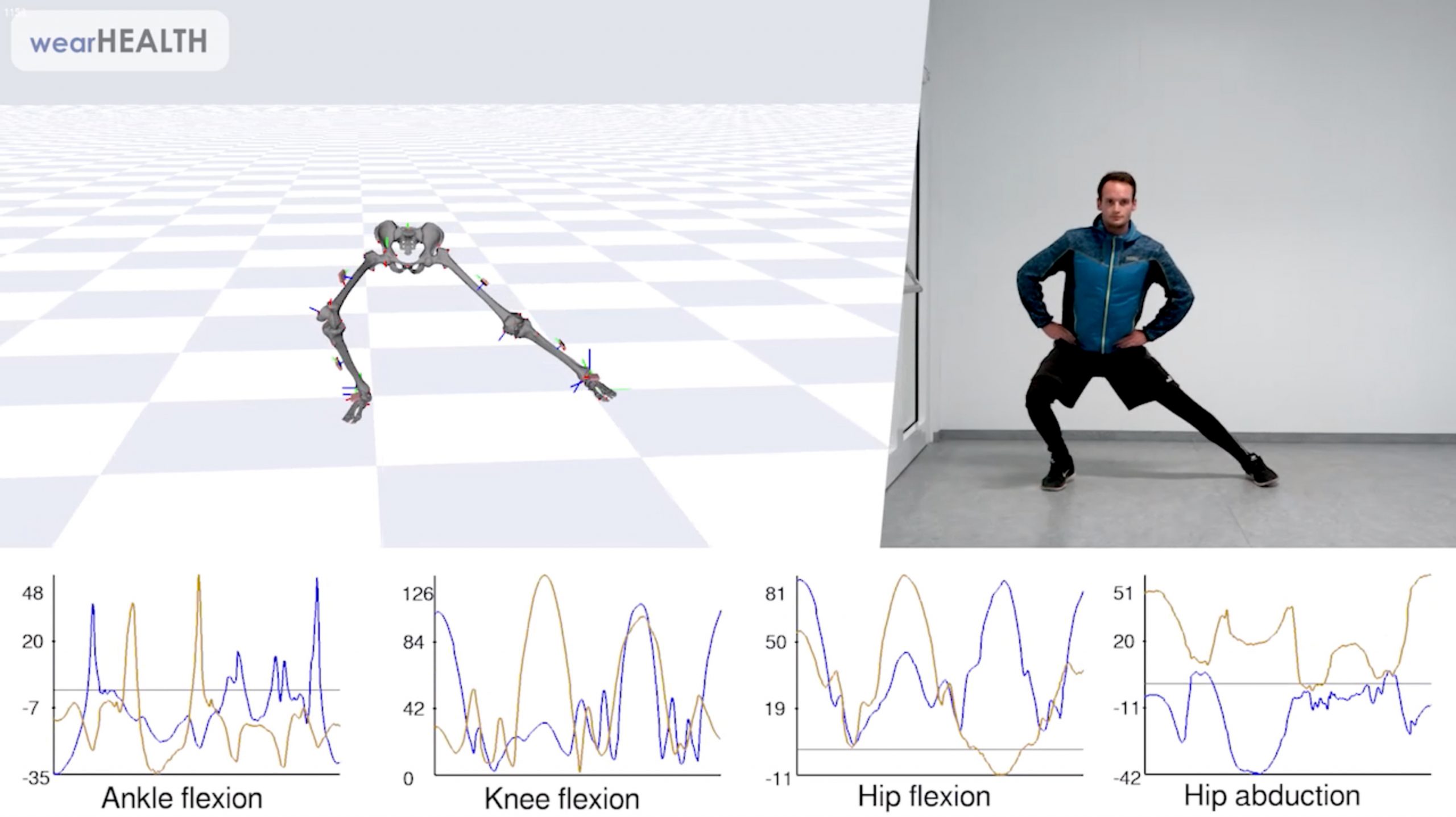 Myant, a Toronto-based company that knits sensors and actuators into everyday textiles, has partnered with SMK Electronics Corporation to develop new electronic components and mechanical interfaces for the emerging field of textile computing. The two companies are developing smart-fabric applications in healthcare, fitness, and AR/VR, as well as the automotive and aerospace industries.
Myant, a Toronto-based company that knits sensors and actuators into everyday textiles, has partnered with SMK Electronics Corporation to develop new electronic components and mechanical interfaces for the emerging field of textile computing. The two companies are developing smart-fabric applications in healthcare, fitness, and AR/VR, as well as the automotive and aerospace industries.
In announcing the partnership, Tony Chahine, CEO and founder of Myant said, “Myant’s mission is to connect humans to others and to the world around us by providing access to 24-hour connectivity, through the different stages of life. SMK joins the Mayo Clinic, Proteus Digital Health, the Zoll Medical Group, and others to provide advanced components for Myant’s Skiin Textile Computing platform.”
Xenoma and its R&D partners have incorporated virtual reality and artificial intelligence technology into fabrics that can measure sport and exercise activities.
Wrist-Worn Devices
Like hearing aids, wrist-worn devices have become increasingly powerful. Smartwatches and fitness trackers can include NFC capabilities for mobile payments, QR-code scanning features, GPS systems, heart-rate monitors, and activity tracking systems for swimming, running, and weightlifting. Some smartwatches, including the Fitbit Ionic, also let you store and listen to music and watch exercise videos.
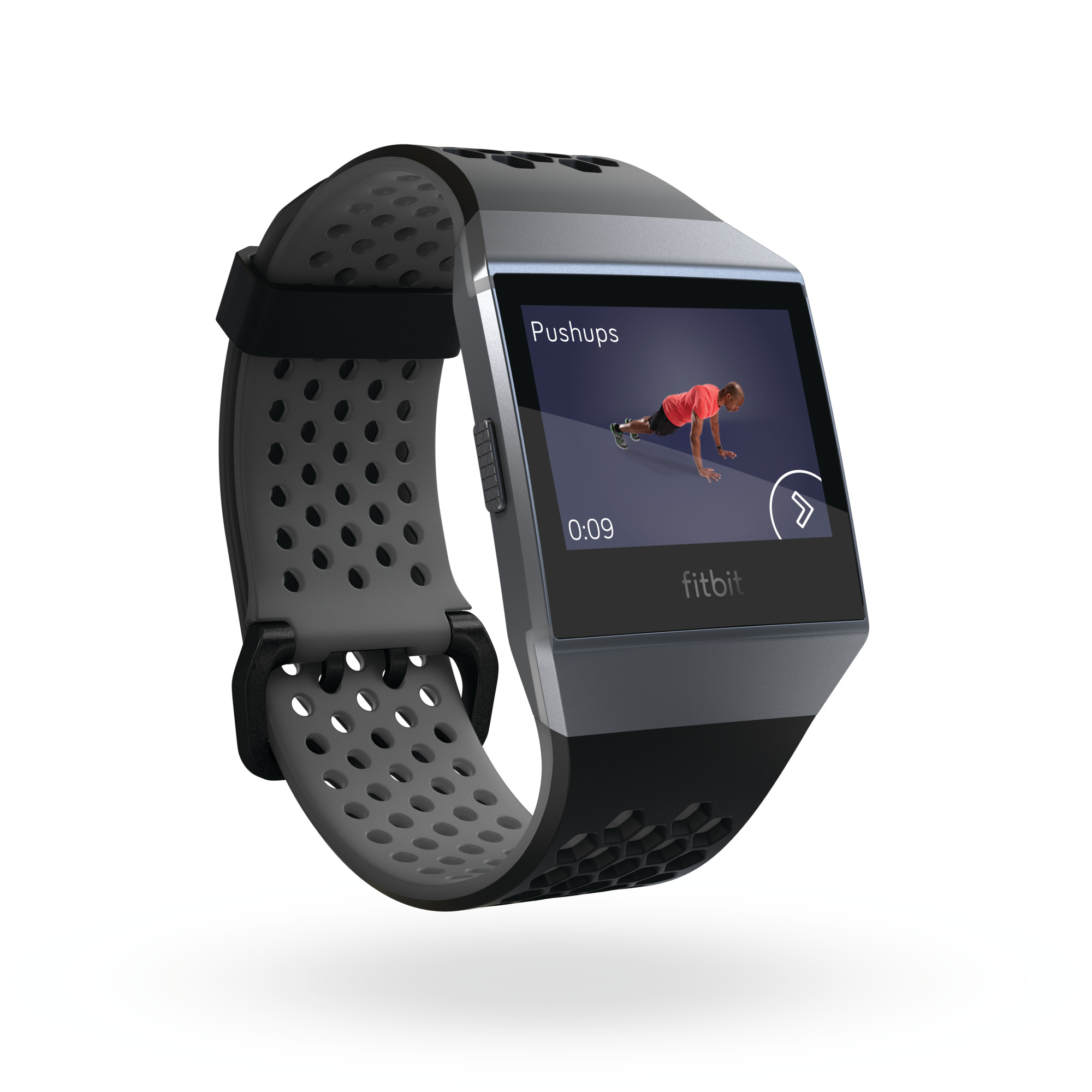 Rufus industrial wearables include wrist-mounted computers and bar-code scanners built into rings and gloves. With these mobile information-gathering and sharing devices, personnel in warehouses, manufacturing plants, and battlefields can keep their hands free for other tasks.
Rufus industrial wearables include wrist-mounted computers and bar-code scanners built into rings and gloves. With these mobile information-gathering and sharing devices, personnel in warehouses, manufacturing plants, and battlefields can keep their hands free for other tasks.
The Omron HeartGuide looks like a smartwatch but has a built-in inflatable blood pressure cuff. This allows you to measure your blood pressure whenever you’d like, along with daily activity, pulse rate, and sleep quality.
What’s Next?
At the Wearable USA Conference November 20-21 at the Santa Clara Convention Center in California, you can see demonstrations of wearables in development and learn about emerging advancements in sensors, printed electronics, e-textiles and components, electronic skin patches, VR/AR devices, and hearables.
During the keynote “Market Overview and Outlook” presentation, IDTechEx analyst James Hayward will present findings from the 2019-2029 Wearables forecast. “The main facts we will emphasize are the continuing strong growth in the sector despite the dwindling hype,” says Hayward. He confirms that many wearable technologies developed over the last decade are using screen printing, particularly to develop flexible and stretchable electronic solutions that can improve the properties at the interface between the device and the wearer.
The Expo area will feature innovations in screen-printing equipment, conductive inks, stretchable electronics, and systems integration and prototyping services. For more information, visit idtechex.com/wearable-usa/show.
As enterprising companies continue to bring new wearable products to market, the screen-printing companies that helped them develop the products are no longer bound by NDA restrictions.
For example, the Butler Technologies blog shares some high-profile projects they’ve worked on in the past and calls attention to new products to watch for in 2019.
Some of these products include smart insoles for running shoes, self-guiding yoga pants that monitor the wearer’s posture, and biosensors in compression shorts that help athletes and coaches better understand muscle movements during training.
Keith McMillen, the serial entrepreneur who founded BeBop Sensors, notes: “There are dozens of applications that have successfully deployed millions of sensors. We are always pleasantly surprised by the new applications that crop up.”
Eileen Fritsch is a Cincinnati-area-based freelance writer who served as assistant editor of Screen Printing magazine in 1994 before being named a founding editor of Big Picture magazine.

SPONSORED VIDEO
Let’s Talk About It
Creating a More Diverse and Inclusive Screen Printing Industry
LET’S TALK About It: Part 3 discusses how four screen printers have employed people with disabilities, why you should consider doing the same, the resources that are available, and more. Watch the live webinar, held August 16, moderated by Adrienne Palmer, editor-in-chief, Screen Printing magazine, with panelists Ali Banholzer, Amber Massey, Ryan Moor, and Jed Seifert. The multi-part series is hosted exclusively by ROQ.US and U.N.I.T.E Together. Let’s Talk About It: Part 1 focused on Black, female screen printers and can be watched here; Part 2 focused on the LGBTQ+ community and can be watched here.
You may like
Advertisement

The Profit Impact of a Market Dominating Position

Inkcups Announces New CEO and Leadership Restructure

Hope Harbor to Receive Donation from BlueCotton’s 2024 Mary Ruth King Award Recipient
SUBSCRIBE

Bulletins
Get the most important news and business ideas from Screen Printing magazine's news bulletin.
Advertisement
Latest Feeds
Advertisement
Most Popular
-

 Case Studies2 months ago
Case Studies2 months agoHigh-Density Inks Help Specialty Printing Take Center Stage
-

 Art, Ad, or Alchemy2 months ago
Art, Ad, or Alchemy2 months agoF&I Printing Is Everywhere!
-

 Andy MacDougall2 months ago
Andy MacDougall2 months agoFunctional and Industrial Printing is EVERYWHERE!
-

 Columns3 weeks ago
Columns3 weeks ago8 Marketing Mistakes Not to Make When Promoting Your Screen Printing Services Online
-

 Editor's Note2 weeks ago
Editor's Note2 weeks agoLivin’ the High Life
-

 Thomas Trimingham2 months ago
Thomas Trimingham2 months ago“Magic” Marketing for Screen Printing Shops
-

 Marshall Atkinson2 weeks ago
Marshall Atkinson2 weeks agoHow to Create a Winning Culture in Your Screen-Printing Business
-

 News & Trends1 month ago
News & Trends1 month agoWhat Are ZALPHAS and How Can You Serve Them in Your Print Business?




